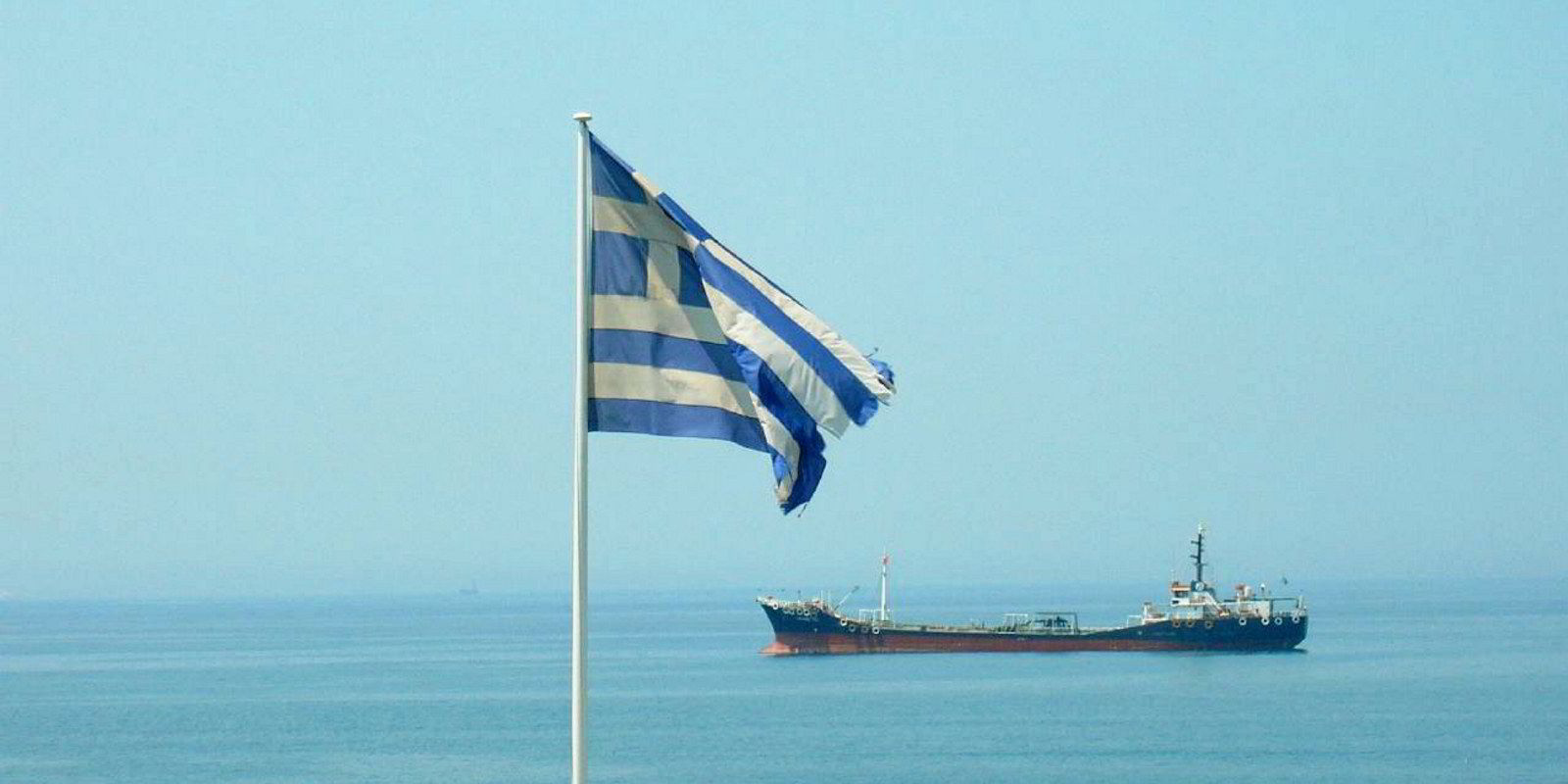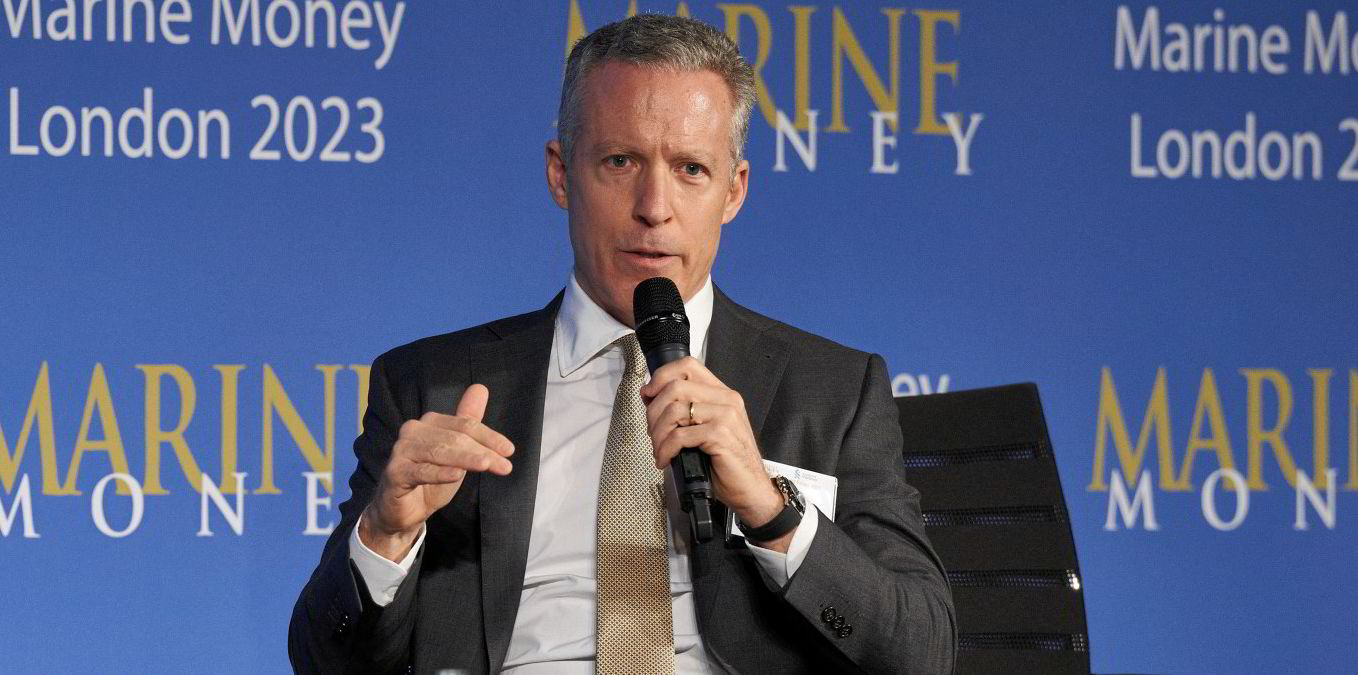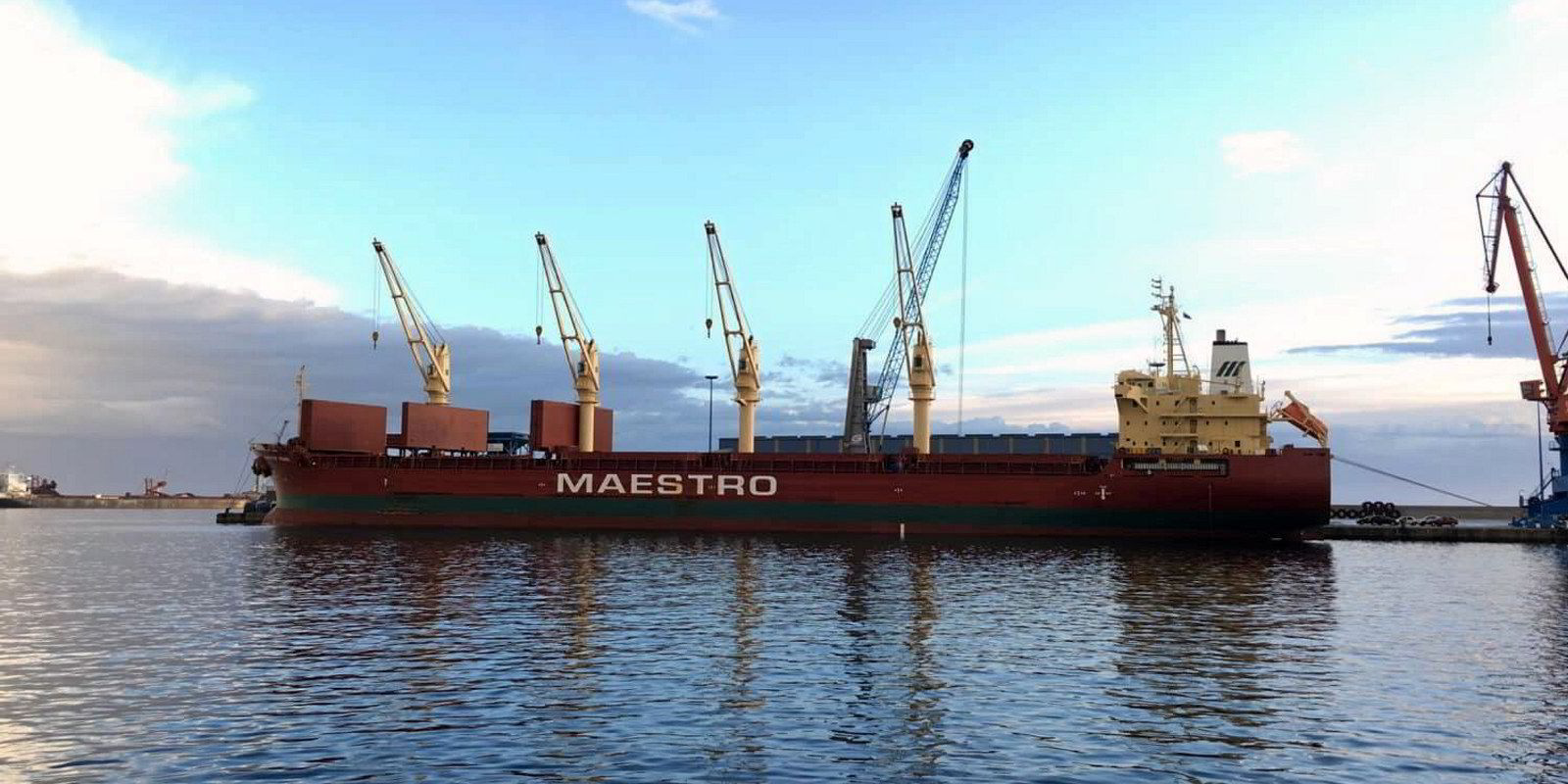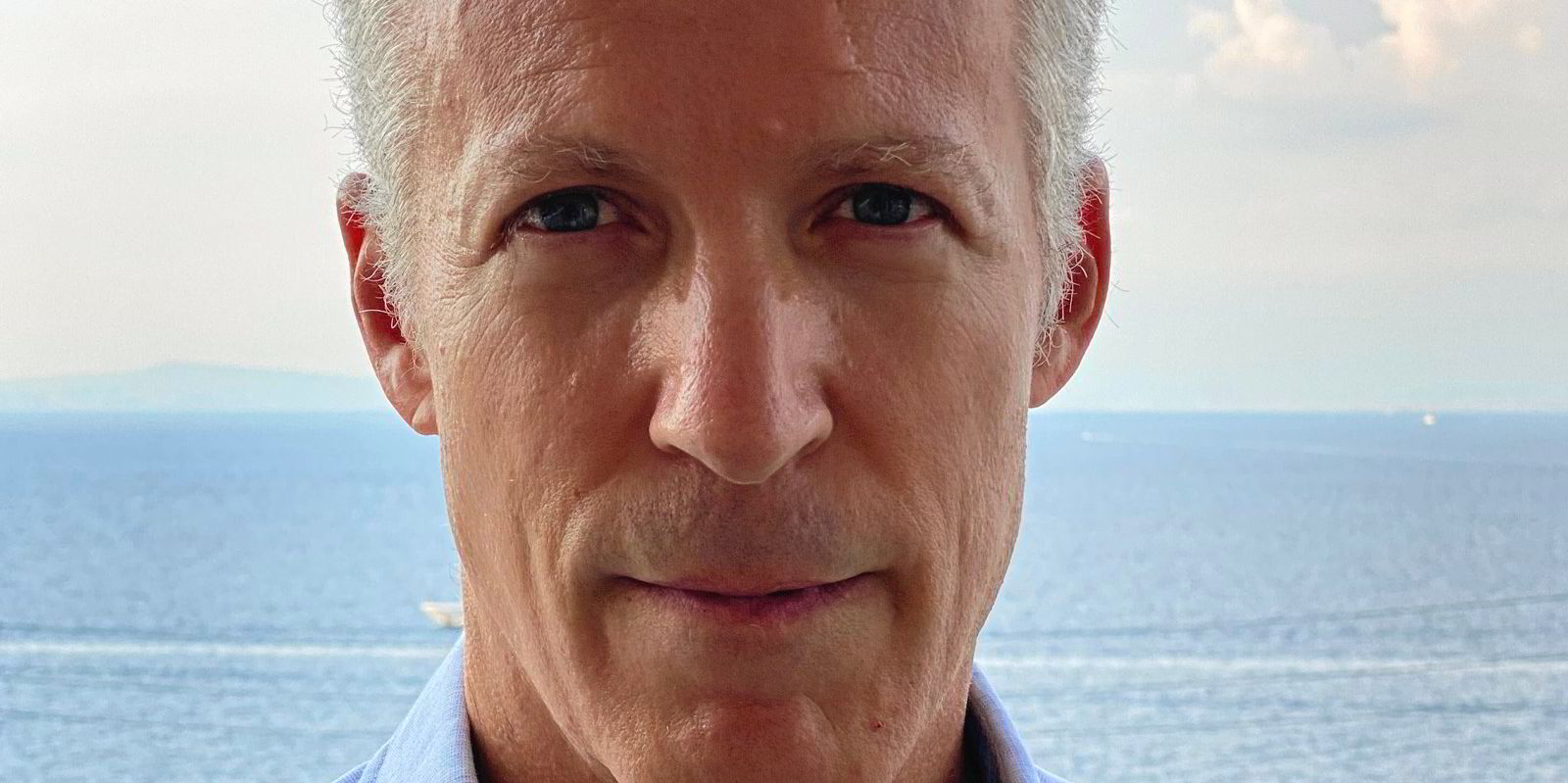Considering how fluid the dry bulk freight market is and how little orientation it provides to shipping players, sale-and-purchase transactions have been remarkably plentiful lately.
“There is activity in the market,” dry bulk specialist Doric Shipbrokers wrote in its latest report on 5 May.
“Ships are being committed, getting sold and in some cases … fixed only to fail thereafter,” Doric added.
With freight rates “sound, but not super”, settling on a price to make deals happen is a delicate business.
“There seems to be a tug-of-war of sorts at play lately, as secondhand prices are trying to find a footing between the promise of tomorrow and the reality of today,” the Athens-based broking house said.
Greek players have emerged on buying and selling sides.
“Despite the previous week’s Far East holidays, dry bulk S&P activity was firm, with high buying appetite in supramax/ultramax sectors that account for almost half of the sales,” Xclusiv Shipbrokers, another Athens-based broking house, noted.
According to market sources, owner Sophocles Zoullas has flipped at a profit yet another of the supramaxes he bought at the bottom of the market for just $4.2m seven years ago.
The Technomar-managed, 53,600-dwt Regal (built 2008) was now sold to undisclosed buyers for $11m after several years of trading.
Another supramax-related asset play concerns Load Line Marine.
The Athens-based outfit is widely reported to have sold the 56,900-dwt Super Trader (built 2011) to unidentified buyers, possibly Greeks, for about $15m.
Load Line principal George Souravlas purchased the ship in 2018 for about $11.7m.
But in the case of Turkey’s Akmar Denizcilik, a regular fleet renewal strategy seem to be underway.
Fleet renewal strategies
According to brokers, the Istanbul-based company sold the 53,400-dwt Simge Aksoy (built 2006) for $11m.
This would be the company’s first ship sale in more than two years, in which period the Istanbul-based outfit took delivery of two 61,000-dwt ultramax newbuildings.
The supramaxes sold by Zoullas, Load Line and Akmar have all been built in China at roughly around the same time.
“For those intent on investing in the current market, mid-aged, Chinese-built handies and supras seem to provide a pocket of purchasing prospect for some, as the numbers there are not as scary — or are at least somewhat stable,” Doric noted.
Vessels built in Japan and South Korea, by contrast, are being primarily scooped up for their quality, according to the broker.

Turkey’s Devbulk, a fan of geared handysize tonnage in expansion mode, has made its second acquisition in quick succession.
According to market sources, the Istanbul-based firm bought the 36,900-dwt bulker Maestro Diamond (built 2015) for about $22.5m.
Just a few weeks ago, the company bought a sister ship from the same seller, Maestro Shipping, at the same price.
The Saiki-built pair are becoming the youngest and biggest handysizes in Devbulk’s fleet of 11 vessels, which includes one panamax.
Japanese-built tonnage also prominently features in deals for bigger bulkers.
In an all-Greek transaction, brokers based in the US and Athens report that Omicron Ship Management is spending $21m to acquire the 81,400-dwt kamsarmax Thalassic (built 2009) from Unisea Shipping.
Neither of the two companies responded to a request for comment.
If the deal is confirmed, the Thalassic would be the first bulker Unisea is selling in two years.
As for Omicron, the Thalassic is likely meant to replace the 76,700-dwt Omicron Crest (built 2004), an older panamax which Omicron sold early this year for $12m.
The Omicron Crest emerged with Indonesian owners and is now trading as Karunia Gemilang II.
New kid on the block
Another low-profile Greek company in a deal-making mood is Silk Searoad Maritime.
The outfit founded less than three years ago in Athens has bought its first dry cargo ship — the Japanese-built, 75,800-dwt Palma Bulker (built 2009) for about $18m.
According to its website, Silk Searoad intended from the beginning to “gradually build a small fleet of bulker and tanker tonnage”.
So far, it had only been active in tankers — and that with some success: Silk Searoad benefited from rising tanker values to flip two of its MR2 vessels at a profit: the 48,000-dwt Riviera II and the 48,700-dwt Evian (renamed Pioneer, both built 2006).
The company has another pair of product tankers in its fleet: the 34,700-dwt Libra II (built 2021) and the 45,900-dwt Leman (built 2011).





